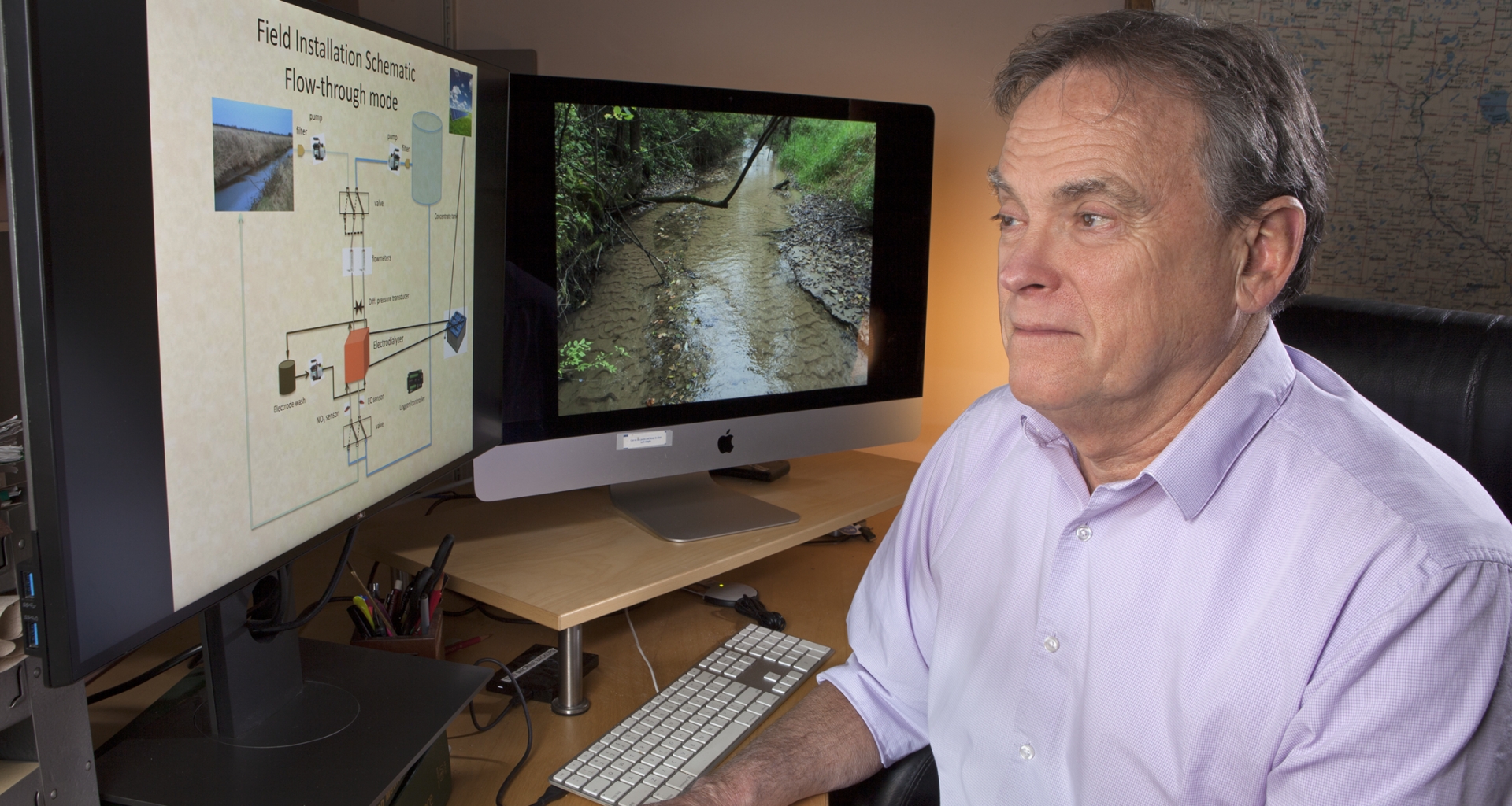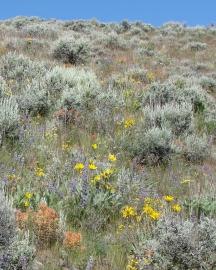Capturing and Recycling Nitrate Pollution
Nitrate runoff is a common problem, but ARS researchers at the Soil and Water Management Research Laboratory in St. Paul, MN, have found a way to capture and recycle excess nitrates. Nitrate runoff is caused by agricultural fertilizer runoff, and nitrate contamination of surface and ground water is a risk to human health and contributes to eutrophication – the excess growth of aquatic plant life that kills marine animals due to lack of oxygen. Most mitigation efforts employ microbes to convert nitrates into nitrogen, which returns it to the atmosphere.
By using electrodialysis – passing electricity through a series of membranes – ARS scientists captured nearly half of the nitrates from water passing through them. They then used the nitrateconcentrated water as fertilizer. Electrodialysis benefits farmers by recovering and reusing lost nitrogen and benefits society by reducing nitrate contamination in streams, wells, ponds, lakes, and rivers. Research indicates that this novel approach is most feasible where nitrate concentrations are well above environmental standards for extended periods.




